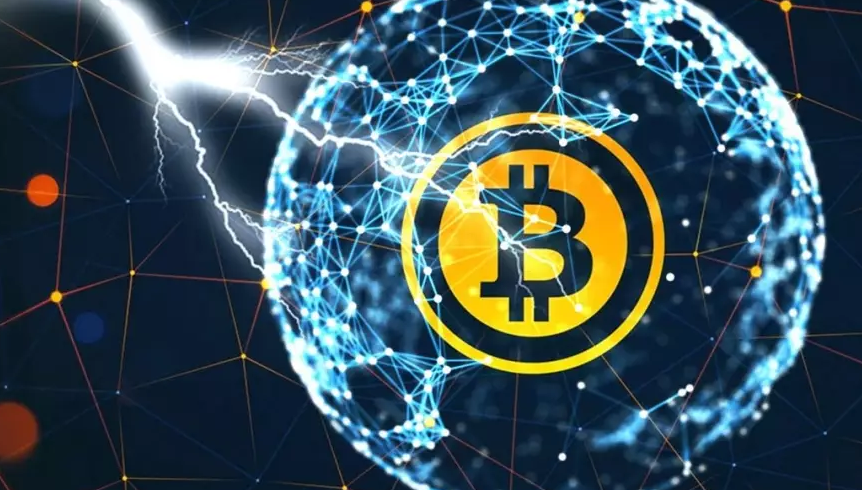
The Lightning Network is a second-layer solution designed to address Bitcoin's scalability issues by enabling faster and more cost-effective transactions.
By operating off-chain, it can reduce congestion on the main blockchain while maintaining security and decentralization.
Origins and Development
Bitcoin was originally created as a decentralized peer-to-peer payment system, but its scalability limitations became apparent as transaction volumes increased. To address these issues, Joseph Poon and Tadge Dryja proposed the Lightning Network in 2015, drawing on Satoshi Nakamoto's concept of payment channels. Lightning Labs released a beta version in 2016, and the project received widespread support from the industry, including endorsements from prominent figures like Jack Dorsey. Since then, the Lightning Network ecosystem has continued to expand with innovations such as Keysend and Wumbo Channels, as well as services like Loop, Pool, Taro, and Faraday.
How the Lightning Network Works
The network operates through payment channels between users. Both parties can establish a payment channel by depositing Bitcoin into a shared address. Transactions occur off-chain within this channel, allowing for instant fund transfers without needing to record each transaction on the Bitcoin blockchain. When the channel closes, the final balance is broadcast to the blockchain, reducing on-chain activity and transaction costs.
The network routes payments through interconnected nodes, surpassing the limitations of direct channels, ensuring seamless transactions even between parties without direct connections. The routing algorithm determines the most efficient path based on factors such as liquidity and fees.
Key Advantages
Instant Transactions: Payments occur in real-time without waiting for blockchain confirmations.
Lower Fees: Off-chain transactions significantly reduce costs compared to on-chain Bitcoin transactions.
Scalability: By reducing congestion on the Bitcoin blockchain, the Lightning Network facilitates higher transaction volumes.
Enhanced Privacy: Since most transactions occur off-chain, they do not appear on the public Bitcoin ledger.
Security: Multi-signature wallets and smart contracts ensure that funds are securely managed within the channel.
Challenges and Limitations
Liquidity and Capacity Constraints: The network relies on open channels and locked Bitcoin reserves, limiting its ability to handle large transactions.
Channel Management: Users must actively monitor and maintain their payment channels to avoid fund locking or transaction failures.
Potential Centralization Risks: Large entities operating well-funded nodes may dominate routing, raising concerns about network centralization.
Transaction Delays and Energy Use: While the Lightning Network speeds up transactions, the underlying Bitcoin confirmation times and energy-intensive mining still pose challenges.
Use Cases and Future Potential
Micro-Payments: The network enables small transactions, unlocking new applications in digital content, streaming, and gaming.
Cross-Chain Atomic Swaps: Facilitates direct exchanges between cryptocurrencies without intermediaries.
Crowdfunding Solutions: Supports efficient fundraising without congesting the Bitcoin network.
IoT and Machine Payments: Enables low-cost transactions between connected devices.
Ongoing research aims to enhance the efficiency and usability of the Lightning Network. Innovations like Eltoo and channel factories are designed to improve security and simplify payment channels. Additionally, efforts to integrate the Lightning Network with other blockchain ecosystems may extend its influence beyond Bitcoin.
Conclusion
The Lightning Network represents a significant step in overcoming Bitcoin's scalability challenges. By providing fast, low-cost, and efficient transactions, it enhances Bitcoin's usability as a payment system. Despite existing obstacles, ongoing development and application may make the Lightning Network a fundamental component of the cryptocurrency space.
免责声明:本文章仅代表作者个人观点,不代表本平台的立场和观点。本文章仅供信息分享,不构成对任何人的任何投资建议。用户与作者之间的任何争议,与本平台无关。如网页中刊载的文章或图片涉及侵权,请提供相关的权利证明和身份证明发送邮件到support@aicoin.com,本平台相关工作人员将会进行核查。




